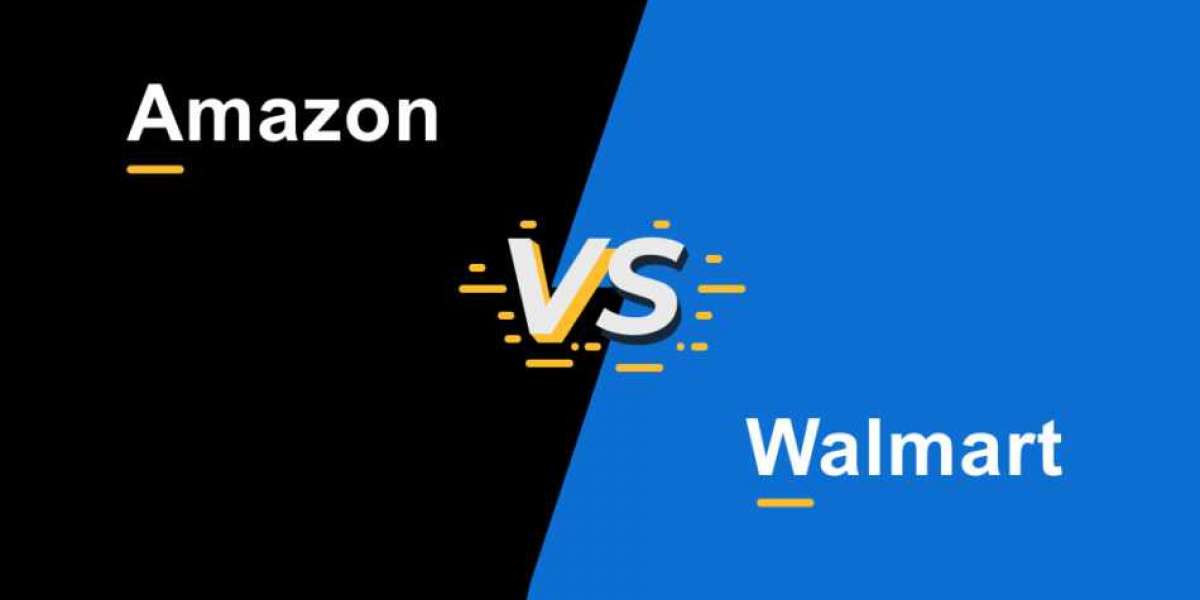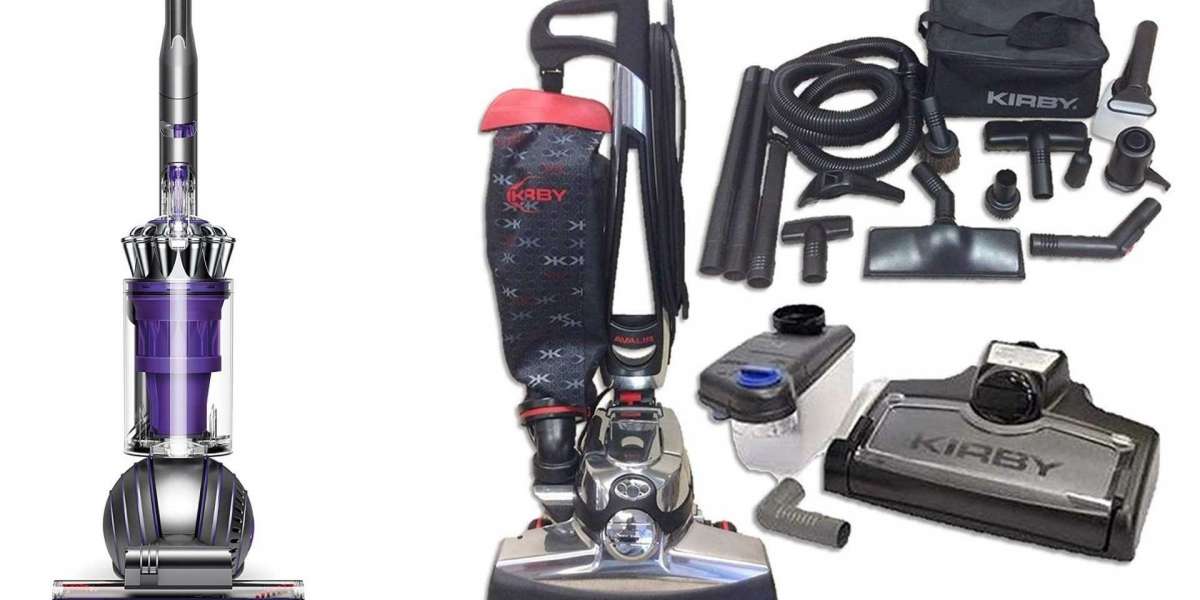Although some analysts are now saying some experts believe that Amazon will be able to surpass Walmart in the role of most popular retailer in 2022, others praise Walmart's business strategy and recent gains in e-commerce. Sellers are, too, looking more closely at Walmart Marketplace as coronavirus impacts expose the dangers of relying too heavily on Amazon. However, the differences between the two platforms are extensive.
There are differences between selling on Amazon and selling on Walmart
Seller competition
It's much easier to sign up to get the Amazon seller account than the Walmart seller account.
With Amazon, it is possible for anyone to sign up to sell their item listed within a couple of days. In contrast, you must submit an application and get approved prior to selling on Walmart.com.
Additionally, Walmart's requirements to sell are more stringent than Amazon's. To be eligible for an account as a Walmart seller's account, one has to be an authorized business registered in your state along with a US Business Tax ID (your SSN is not accepted like it is in Amazon.)
Because of the additional obstacles you need to go through to sell your products on Walmart and Amazon, there are fewer sellers that can compete. Walmart.com currently has about 33,000 sellers compared to Amazon's two million sellers.
According to Walmart, as a result of the fact that Walmart Marketplace is not as crowded Their sellers get around 13 times the amount of monthly visitors than Amazon sellers.
Monthly subscription charges
Amazon offers two sales plans to select from when you sign up with the company: professional or personal. Although the personal account is free to keep, however, you'll cost $0.99 per sale of a product, however, you aren't allowed to make PPC ads or compete with Amazon's Purchase Box.
We suggest Amazon sellers sign up for the professional account as it comes with greater features than the basic plan, as well as more chances to be successful. The downside is that professional accounts have $39.99 monthly charges. This might sound like a lot initially however, it's worth it when you consider the benefits.
Walmart Marketplace On the other hand is not a retailer that requires sellers to pay the monthly fee for subscriptions.
Walmart will charge sellers an unrestricted referral fee per sale (typically 15 percent of the item's selling cost) and fulfillment fees for customers using Walmart Fulfillment Services (WFS).
Selling Fees
Amazon
Amazon's Professional selling plan is $39.99 per month. There are typically no fees for listing, but there is a "referral fee" for each sale. Referral fees typically are between 8% to 15 percent and some categories offer as high as 20 percent. Amazon has also set the minimum fee for referrals per category.
Certain categories, including media, are subject to additional service charges or variable closing costs.
The majority of Amazon sellers (73 percent) are required to cover Amazon FBA fulfillment charges that are determined by weight or unit. Storage costs are separate as are other offerings (FBA labels, return processing, and removal orders, just to name just a few). These costs can quickly pile up if you're not aware of their operation or the performance of your inventory.
Walmart
Walmart Marketplace doesn't charge any costs for setup or monthly charges for sellers. Sellers are charged only referral fees, which typically range between 8% to 15 percent like Amazon's rates.
Walmart's brand new Walmart Fulfillment Service (WFS) charges monthly storage charges and per-item fulfillment charges. WFS fees are relatively low in comparison to FBA. However, fewer sellers can participate in the program. The only existing Walmart Marketplace sellers can gain access to the program, while new sellers aren't likely to be approved at this time.
In addition to these costs, Walmart requires UPCs for each product you plan to list (though exemptions are possible in certain situations). UPCs could be priced at several thousand dollars for a set of 100 or more codes. GS1 is the official service provider and is also charged annual renewal fees that start at $50.
Onboarding and Listing
Amazon
Amazon offers a seamless launch procedure. After you've bought the selling plan and established an account with Seller Central, you can begin selling. Seller Central account, you can start your listing with a range of options:
- Create listings for each listing manually via Seller Central
- Upload the Amazon product listing in large quantities with Amazon's inventory template templates
- Choose an integration partner such as Zentail to automate the formatting and categorize your listings for products.
The majority of categories on Amazon will require the product to be registered with an identity standard, for example, a Universal Product Code (UPC), European Article Number (EAN), or an International Standard Book Number (ISBN) However, If your product is already available on Amazon then you'll be able to add your product without having a GTIN. In certain categories, you can also apply for GTIN exemptions in order to put your products listed for sale.
The most challenging aspect of managing listings is staying up to date with Amazon's continually shifting criteria. In the case of 2019, for instance, Amazon overhauled its shoe size requirements with no notice. Sellers were required to submit numerous new details for every shoe listing or be at risk of having their ASINs taken away.
Even among experienced sellers mistakes in the listing are common. Therefore, it's recommended that you set up a system that can quickly detect the error, decoding and then resolve unclear errors. Many errors can not make your listing unsellable and unprofitable, but cause stranding of FBA inventory that could result in significant costs.
Walmart
Walmart Marketplace can be notoriously difficult to join. Sellers new to the marketplace have to submit their applications and undergo a "trust and safety" review. In this process, sellers are required to show previous experience in the marketplace and a high degree of professionalism, and other credentials. This process could take many weeks, however, using an official channel partner like Zentail can reduce the process down to one or two days.
After you have been accepted, you'll receive a launch guideline with the steps to register your business. It is possible to create a brand new listing by using manual configuration, Excel upload, API, or with a software partner. Remember that Walmart's APIs are undeveloped and can be difficult to work in the event that you don't know the best way to format the information on your product or adapt to the constant changes. Therefore, it's strongly advised to work with a partner software or find out whether Shopify's Walmart integration will work for you.
The Bottom Line
There is still a lot to be observed in this ongoing power battle. Amazon's enormous advantage in online sales is being offset, in part by Walmart's monopoly in the retail sector.
For sellers, Both channels are appealing to sellers. Walmart has shown that it's in it for the long-term and many are eagerly awaiting it to continue to gain momentum.
The way to the success of sellers is different for every platform. Amazon sellers shouldn't expect to see similar results or customer experience on Walmart Marketplace. One thing they can count on is that they will see continued developments over the coming years. Walmart remains a huge growth opportunity and early adopters might witness their businesses expanding in line with Walmart's maturation.





